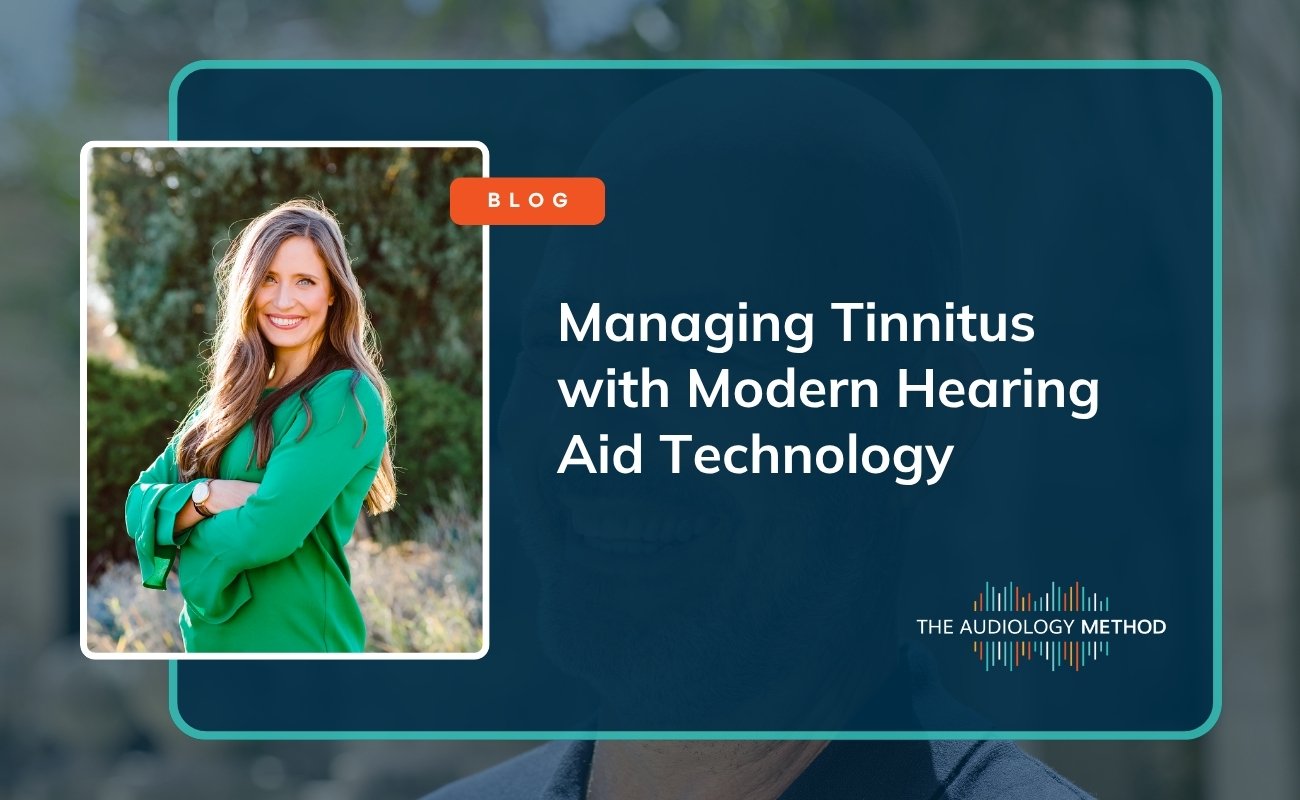

We are here to guide you through the various signs that show it might be time to get your hearing aid adjusted. We'll also delve into the importance of timely detection and maintenance, and how replacing certain hearing aid parts can improve the performance of your hearing aid.
Hearing aids might need readjusting for a few reasons, and it's usually related to changes in your hearing or lifestyle. Here are some common situations:
Changes in Hearing: Over time, your hearing can either improve or decline. If you notice that sounds are not as clear as they used to be, or if you're straining to hear, it might be time for a readjustment.
Lifestyle Changes: If there's a change in your daily activities or work environment, your current settings might not be ideal anymore. For example, if you've started working in a noisier place or have taken up a new hobby, your hearing aids may need tweaking to suit these new conditions.
Advances in Technology: Hearing aid technology is always improving. If your device is a few years old, it might be worth getting it checked to see if there are new features or updates that could improve your hearing experience.
Muffled Sounds or Distorted Speech
If speech or other sounds appear unclear or muffled, it may mean that your hearing aid requires adjustment or isn't fitting securely in your ear.
Feedback and Whistling Noises
Feedback and annoying whistling noises are telltale signs of an ill-fitting hearing aid. If these issues persist, it may be time to have your hearing aid re-adjusted for a more snug fit and to eliminate unwanted sounds.
Discomfort and Irritation
Comfort is paramount when wearing hearing aids for extended periods. If you experience discomfort, soreness, or irritation in or around your ears, it could suggest that your hearing aids do not fit well. An audiologist can help you secure a comfortable fit.
Uneven Sound Balance
A poorly calibrated hearing aid may cause an imbalanced sound experience, where some frequencies are too loud, while others are too quiet. This imbalance can affect your ability to hear clearly and might necessitate professional adjustment.
Difficulty Understanding Speech in Noisy Environments
Struggling to understand conversations in noisy settings could signify that your hearing aids require readjusting. The right fit and calibration can help you concentrate on the sounds you want to hear while reducing background noise.
Several components play crucial roles in ensuring the optimal performance of your hearing aids. These include hearing aid domes, wax traps, and tubing.
Hearing Aid Domes
Hearing aid domes are small, soft tips that sit at the end of the hearing aid receiver or speaker. By replacing the domes regularly, you ensure a consistent and comfortable fit in the ear canal. New domes maintain a good seal, which is crucial for effective sound transmission. This helps in delivering the amplified sound directly into the ear canal without leakage, enhancing sound clarity and reducing feedback.
Wax Traps
Wax traps protect the hearing aid from earwax and debris. Earwax and debris can easily clog a hearing aid, leading to reduced sound quality or even damage to the device. Regularly replacing wax traps helps to prevent this buildup, ensuring the hearing aid functions at optimal levels. Clear wax traps allow sound to pass through without distortion or blockage, maintaining the device's clarity and volume.
Tubing
Tubing, particularly in behind-the-ear (BTE) hearing aids, connects the main body of the hearing aid to the earmold or dome in your ear. In BTE hearing aids, tubing can become hard, discolored, or brittle over time, which may affect the quality of sound transmission. Replacing old or damaged tubing ensures that sound travels efficiently from the device to your ear. New tubing maintains the integrity of sound delivery, preventing any loss or distortion of sound that can occur with damaged or degraded tubing.
Recognizing when it's time to get your hearing aid adjusted is a critical step in maintaining optimal hearing health. Regular check-ups and communication with Dr. Julie Link at The Audiology METHOD are essential for assessing the state of your hearing aids and your evolving hearing needs. By staying informed and proactive, individuals can enjoy improved sound quality and a better quality of life.


